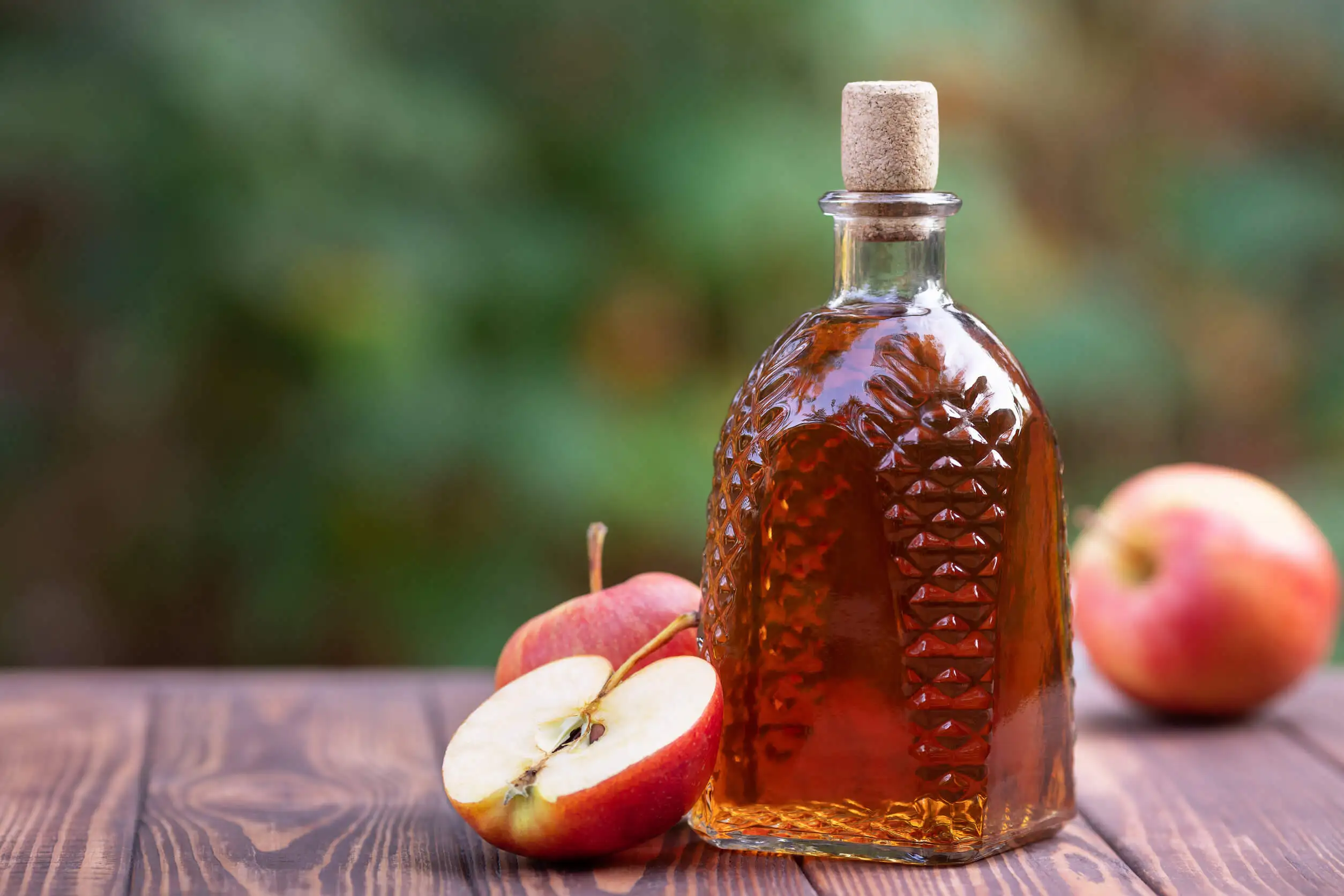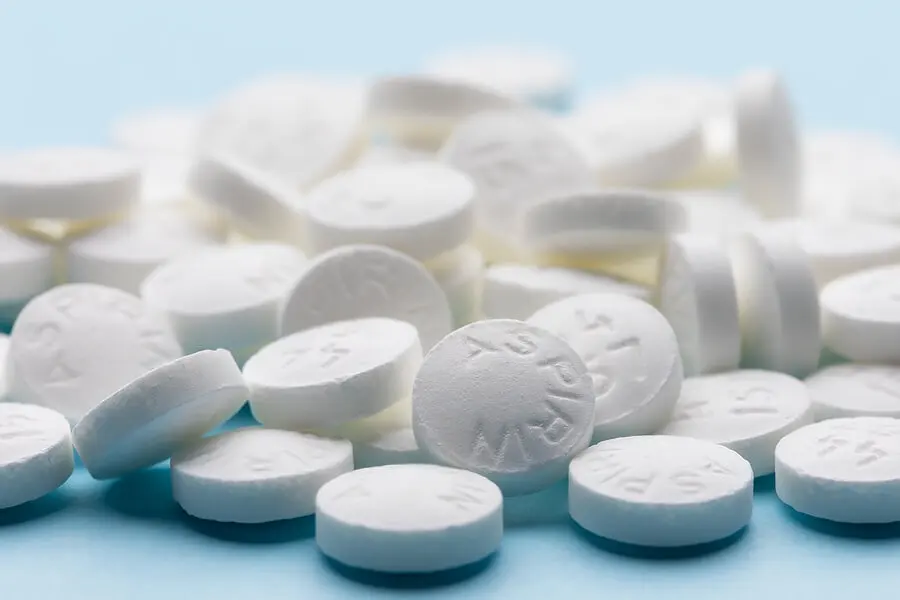5 Washing Machine Tricks that Work and 5 that Don't

Conventional wisdom has a wide range of home remedies, simple recommendations, and washing machine tricks for a successful load. However, not all are entirely effective. Many suggestions respond more to established links to the properties of certain products, but don’t specifically apply to cleaning textiles.
In general, laundry strategies are geared toward the effectiveness of the craft and saving time. So, which ones are suitable, and which ones should be skipped? We’ll tell you the answers in this article.
What are the most common problems when using the washing machine?
Laundry requires meticulous care of the linen to prolong its life and preserve the characteristics of the fabrics. Therefore, depending on the material to be cleaned, you may require non-aggressive substances, wrinkle-preventing compounds, or an ideal drying technique.
As mentioned by the American Cleaning Institute, most of the questions related to laundry are linked to stain removal and poor cleaning. They’re often joined by concerns about getting rid of lint and scum residue, as well as not wanting to damage fabrics.
Just such questions are the subject of many washing machine tricks, without considering that science doesn’t always fit into the laundry.
There are no “magic formulas” that will unstretch a sweater, for example, but it is possible to find the qualities in a detergent to keep it from stretching. Although acetic acid will remove stains, it probably won’t kill bacteria on a piece of fabric as it might on a floor. Let’s go deeper into these and other theories.
Read about: Why is Hand Washing Important?
Take note: Tricks for the washing machine that really do work
In order to take advantage of the tips that do work when washing, we first want to expose some easy tricks to execute or the use of products that you may have at home that are appropriate in the wash.
1. Vinegar for stain removal
The Concept Encyclopedia points out that vinegar acts as a component of cleaners and stain removers, so it’s common in household hygiene. In fact, Popular Science suggests heating vinegar for half an hour over low heat to deodorize the house. This is because, as it boils, the acetic acid vaporizes and generates a mist that “collects” odors.
Especially with clothes, vinegar is useful in removing protein, herbal, and body fluid stains, according to research reported by Chemistry. The argument is that a cup of white vinegar influences the lowering of pH and, in turn, promotes protein denaturation.
Here’s the trick: Add a cup of white vinegar to the last rinse of the washing machine, especially when it comes to clothes from the gym or those that you have sweated excessively.

2. Work with small loads
The smaller the batch, the better the wash. A Consumer Reports article explains that front-loading washers regulate the amount of water according to the size of the load.
Their recommendation is to wash small loads, because as the drum spins, it cleans the clothes and then throws them into the water. Meanwhile, what happens with top-loading machines is different.
In conclusion, if you have a front-loading appliance, the clothes will get cleaner as long as you don’t overload the drum with too many items. And even if it’s a top-loader, the clothes need enough space to rotate freely and promote cleanliness.
If the clothes are badly washed, they acquire unpleasant odors. When they go through the dryer, they come out wrinkled and damp.
3. Use a float to keep your clothes from creasing
Simplify ironing as soon as you hang the clothes out to dry. How? Open a pool float in the middle and insert it along the clothesline, so the rack won’t cause creases.
4. Put your socks in a sock cover
How many socks have you lost in the washing machine? This unsolved mystery can be prevented by putting your socks together in a mesh bag before you put them in the machine.
Delicate linen covers lend themselves as a sack; you can also hang one next to the laundry basket and whenever you take off your socks, put them in it. This way, they will be together when you wash them. When the laundry comes out, that same bag goes into the dryer and, in the end, you will have the complete pairs!
5. Deodorize with baking soda
Baking soda is associated with maximizing and replacing bleach. ChemicalSafetyFacts.org points out that the chemical properties of the component improve the efficiency of laundry soap by increasing the pH level in the water, which is ideal for repelling dirt on fibers and making laundry fresher.
Obelisco magazine also adds that baking soda is a deodorant, as it forms a barrier in the air that prevents the circulation of bad odors coming from strong or volatile substances.
Try the benefits of the chemical in the rinsing phase. Add a cup of baking soda, which softens and whitens clothes.
Washing machine tricks that don’t really work
Washing machine tricks have transcended to guides on the Internet and, since not all of them are effective, we’ll share 5 that you should avoid.
1. Coffee doesn’t really preserve dark clothes
It’s believed that the darkness of coffee is good for these tones to last in clothes; some opinions defend that adding a couple of cups of coffee to the rinse of the wash preserves the color. However, there’s a lack of research that certifies the effectiveness of coffee as a colorant, because if you mix such a small amount of this drink with liters and liters of water, it dilutes to the point of not even affecting the colors.
2. Aspirin doesn’t really whiten clothes
According to the popular recipe, 5 aspirin tablets dissolved in hot water whiten the clothes soaking before going on to regular washing. If this trick were to work, though, it would actually be because of the hot water, since it has the power to pull out the dirt embedded in the fibers.
However, an experiment reviewed by the Office of Science and Society found that neither in paste, let alone soaking in water, does acetylsalicylic acid act like traditional bleaches. In the investigation, a stained fabric was immersed in hot water containing 5 tablets of aspirin of 325 milligrams; they also applied another 3.25 crushed tablets directly on the textile, wetting a little to create a paste.
After a few minutes at rest, the results revealed that neither test was as effective as washing the control stains with ½ cup of bleach.

3. Vinegar isn’t a great fabric disinfectant
Although white vinegar is a less aggressive bleach than chlorine and an anti-odor agent, it does not have disinfectant properties when it comes to clothes.
This means that, as some tutorials advise, adding ¼ cup of vinegar to the water will not eliminate all the microbes adhered to a textile. It happens that acetic acid mixed with water loses the relevant concentration to disinfect fabrics.
The David Suzuki Foundation notes that there’s no scientific evidence supporting vinegar as a destroyer of bacteria or viruses, so it will not be of great help for the specific purpose of sterilizing clothes.
4. Washing machine tricks: Lemon doesn’t really boost detergent
Citrus fruits are all about eradicating dirt and making clothes softer. For this reason, some brands include lemon in the formulas of detergents and cleaning products in general. However, it’s the same as with coffee.
The juice of one lemon would be insufficient to get rid of the dirt in an entire load of laundry. You would need several to boost the performance of a regular detergent.
5. It’s best not to use conditioners to unshrink your clothes
A squirt of hair conditioner won’t work either, nor will using warm water to rescue shrunken clothes. In fact, empirical experience suggests soaking the damaged garment for about 15 minutes in a bucket of hair moisturizer and water.
The reasoning is that, as with hair, the conditioner will untangle the intertwined fibers during washing and return the garment to its original state. However, if the clothes are not made of wool and the fiber entanglement or shrinkage is severe, conditioners won’t work.
Bonus: Washing machine tricks for delicate garments
Garments made of delicate fabrics, such as silk in all its variations, demand more rigorous washing. And so do baby clothes and anything else that the spinning in the appliance might damage.
More than a trick, the basic rule is to read the factory label to specify what type of wash to apply and the appropriate products. Even if the piece is extremely delicate, it’s best to leave its cleaning to a professional laundry.
Here’s a second tip to prevent tears and deformation of delicate clothes. Close all zippers, fasten buttons and place sensitive garments inside a laundry bag. Implementing these recommendations with proven positive results simplifies washing. So, are you going to try them?
All cited sources were thoroughly reviewed by our team to ensure their quality, reliability, currency, and validity. The bibliography of this article was considered reliable and of academic or scientific accuracy.
- Buronzo, A. (2011). Las increíbles propiedades del bicarbonato de sodio. Obelisco, 1(4), 118. Retrieved from https://xochipilli.files.wordpress.com/2012/01/bicarbonato-de-sodio-remedios-y-usos.pdf
- Chemistry. (2017). ¿Agregar ácido acético del vinagre doméstico a la lavadora lo haría demasiado diluido para ser efectivo? Chemistry Stack Exchange. https://chemistry.stackexchange.com/questions/47725/would-adding-acetic-acid-from-household-vinegar-to-washing-machine-make-it-too-d
- Janeway, K. (2018). 5 cosas que debes saber sobre las lavadoras de carga frontal. Consumer Reports. https://www.consumerreports.org/es/electrodomesticos/5-cosas-que-debes-saber-sobre-las-lavadoras-de-carga-frontal/
- McVean, A. (2018). Puede la aspirina ayudar a eliminar las manchas y mantener la ropa blanca? Oficina de Ciencia y Sociedad. https://www.mcgill.ca/oss/article/can-aspirin-help-remove-stains-and-keep-your-whites-white
- Ondarse Álvarez, D. (2021). Ácido acético. Concepto.de. https://concepto.de/acido-acetico/
- Redacción Chemical Safety Facts. Bicarbonato de sodio. Chemycal safety Facts.org. https://es.chemicalsafetyfacts.org/es/bicarbonato-de-sodio/
- Redacción Fundación David Suzuki. ¿El vinagre mata los gérmenes? Fundación David Suzuki. https://davidsuzuki.org/living-green/does-vinegar-kill-germs/#:~:text=Vinegar%20and%20COVID%2D19,disinfect%20for%20COVID%2D19
- Redacción Instituto Americano de Limpieza. Problemas y soluciones de lavado. Instituto Americano de Limpieza. https://www.cleaninginstitute.org/cleaning-tips/clothes/laundering-problems-solutions
- Seitz, D. (2021). Domine la eliminación de olores con un poco de ayuda de la ciencia. Popular Science. https://www.popsci.com/remove-any-odor/#:~:text=Similarly%2C%20white%20vinegar%20can%20deodorize,banish%20odor%20from%20your%20house.
This text is provided for informational purposes only and does not replace consultation with a professional. If in doubt, consult your specialist.








